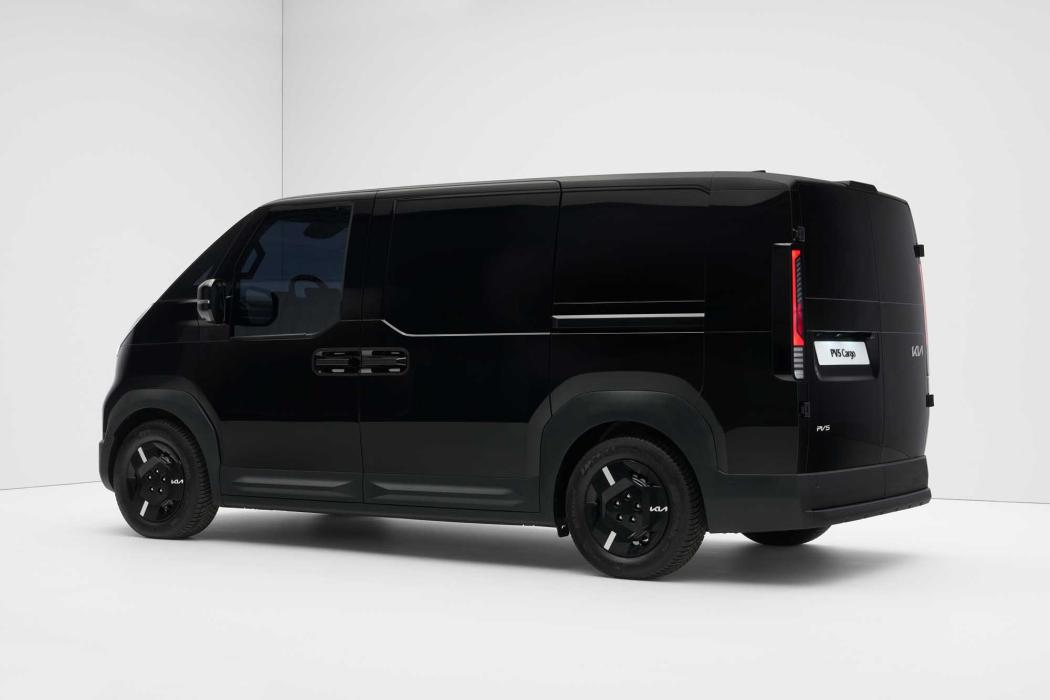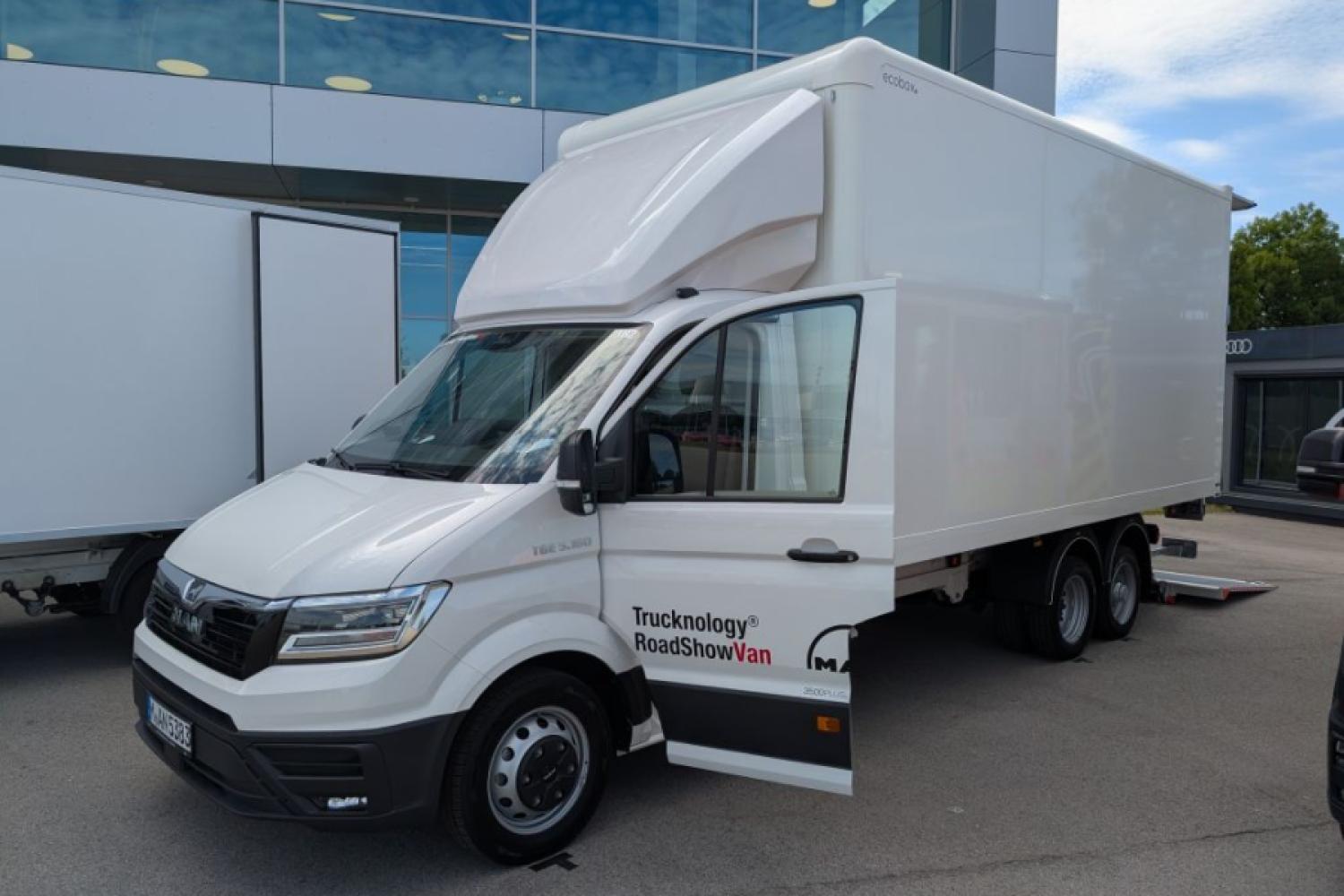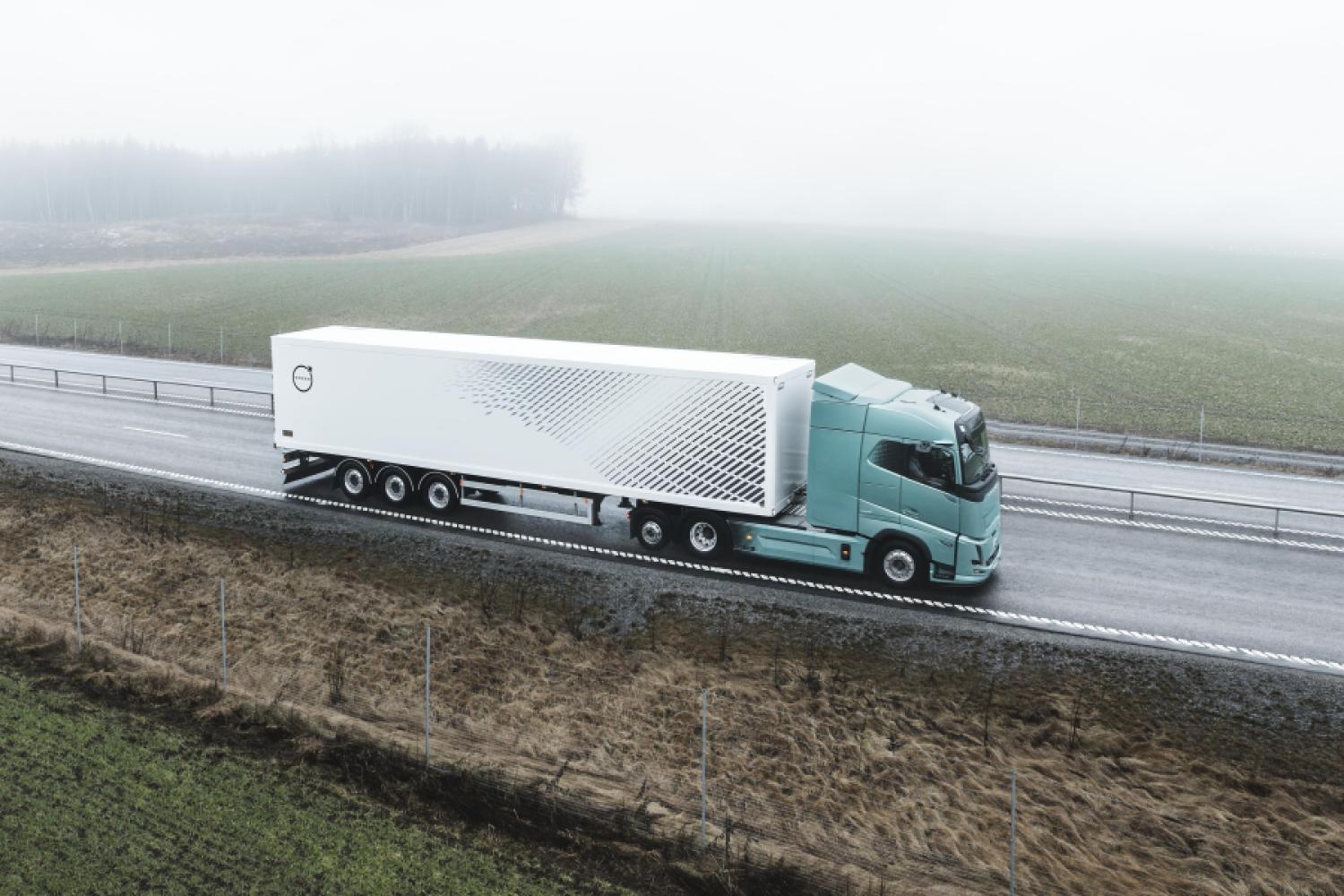With the PV5 Cargo L2H1, Kia is introducing a fully electric commercial vehicle to the German market for the first time in the fourth quarter of 2025. With this model, which is part of the newly developed "Platform Beyond Vehicle" strategy (PBV), the manufacturer aims to enter the light van segment. According to a press release, the approximately 4.70-meter-long van is intended to offer small and medium-sized enterprises as well as municipalities a practical and economically attractive alternative in the field of fleet electrification.
The L2H1 version has a cargo
volume of 4.4 cubic meters. It is powered by an electric motor with an output of 120 kilowatts (163 hp) and 250 newton meters of torque. Depending on the battery configuration - batteries with 51.5 kWh and 71.2 kWh are offered - the range is up to 397 kilometers. A smaller battery with 43.3 kWh will follow later. Under optimal conditions, the battery can be charged from 10 to 80 percent in about 30 minutes.
At an entry price of 32,932.77 euros net (51.5-kWh version), Kia offers standard equipment with
modern assistance systems and infotainment functions. Sales are not conducted through the regular dealer network but through specialized partners that are currently being established. Further versions of the PV5 Cargo are already announced, including a short version (L1H1) and a long version with a high roof (L2H2). According to the information, the delivery of the first vehicles will start at the end of 2025.
Thomas Djuren, Managing Director of Kia Germany, emphasizes the potential of the new model series:
"The Kia PV5 is aimed at both commercial and private customers
with its wide range of variants. The PV5 Cargo will be an interesting alternative, especially for small and medium-sized companies, but also for municipalities, since the need to electrify fleets is growing even in the light commercial vehicle sector."
The PV5 Cargo is the first model of a new platform with which Kia claims to provide not only vehicles but a complete ecosystem. In addition to hardware, the offering includes charging infrastructure, software solutions, and digital tools for fleet management. This positions the manufacturer as a system provider for commercial






